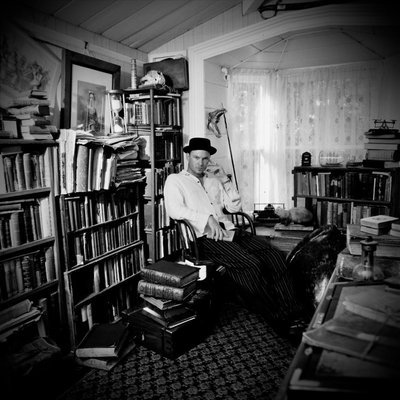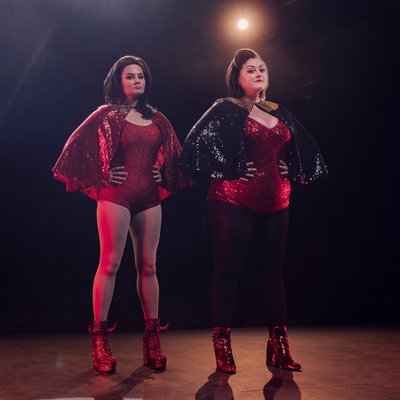** This event has been postponed to November 28th **
This programme illustrates the influence of Turkish style on music of the classical era and the revolutionary ‘Young Turk’ radicalism of some more recent composers.
The sound of Turkish military bands was well-known in Vienna at the time of Mozart and Beethoven. Several works by both composers were influenced by the rhythmic percussion effects of Turkish bands. Mozart’s Rondo alla Turca and Beethoven’s Turkish March are the best-known examples.
Mozart, who could also be thought of as a ‘Young Turk’, used these effects in the overture to his Turkish opera The Abduction from the Seraglio and in the final movement of his Violin Concerto No. 5 in A Major (Turkish), both of which are included in this concert; the latter featuring another ‘Young Turk’, violinist Andrew Robinson.
The term ‘Young Turks’ refers to a young person eager for radical change to the established order. With that idea in mind the programme includes a new work by Christchurch composer, Pieta Hextall, along with music by two earlier ‘Young Turks’. Both Sibelius and Prokofiev were known for the radical and subversive nature of their earlier works: Sibelius through his opposition to Russian oppression and censorship of Finnish culture, by writing music with an underlying expression of nationalism, as in his popular Valse Triste, while Prokofiev was known for his headstrong rejection of what he saw as his teachers’ conservatism. The Classical Symphony demonstrates his radical harmonic and melodic spirit within the formal context of the classical style of Mozart and Haydn.
Mozart: Overture – The Abduction from the Seraglio
Mozart: Violin Concerto No. 5 in A Major (Turkish)
Hextall: Undercurrents
Sibelius: Valse Triste
Prokofiev: Symphony No. 1 in D Major (Classical)

